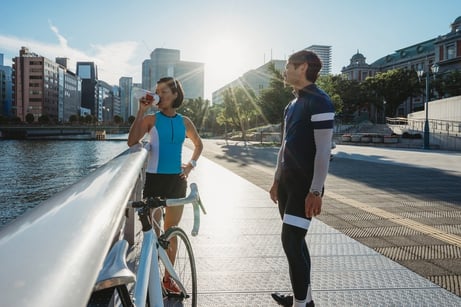 We’ve waited for this time for months, where there is no more snow and plenty of sunshine. Long days of outside fun, no kids in school, road trips and vacations—what more could we ask for?
We’ve waited for this time for months, where there is no more snow and plenty of sunshine. Long days of outside fun, no kids in school, road trips and vacations—what more could we ask for?
But, baby it’s hot outside! Don’t let the heat cause you to lose your momentum. You can still keep working hard during the summer time; you just have to adjust a little. Keeping the following summertime fitness tips in mind will help you continue to get stronger and healthier.
Try water workouts.
Choose water workouts and aqua fitness, and make a splash as you get fit and strong. You can even improve your performance in the heat by lowering your body temperature in the pool before heading outside.
Use the shade.
It’s smart to move your workouts to a different location to avoid overexposure to the sun. If you are a runner or a biker, try a route in a wooded area.
Get proper hydration.
Drink plenty of water before, during, and after exercise. The last thing you want when exercising is for the summer heat to take over. Avoiding caffeine, which forces water out of our systems, is also a good idea. Here are some more tips for getting hydrated.
Choose your clothing carefully.
It is important now more than ever to wear clothing that will move sweat away from your body and help it evaporate quickly. White or light-colored clothing reflects the heat better than darker clothing.
Monitor your heart.
The heat places greater stress on your heart. Be sure to keep an eye on your heart rate as you work out in the heat. Take a break if it starts to spike or get too high.
Beat the heat.
Try beating the heat with an earlier workout time. UVAs are the strongest between 10am and 3pm. Make every effort to minimize your workout outdoors during those hours.
Sunscreen is a must.
Use a stronger SPF just to be safe. It’s important to protect your skin.
Stop if you’re feeling faint or sick.
If you are feeling faint or sick, stop working out immediately. Sit down in the shade, drink water, and always have a nourishing snack available.
Know the symptoms of heatstroke.
Heatstroke is a serious threat that can be fatal. Symptoms include high body temperature (104 degrees or higher); absence of sweating with hot, flushed, or red/dry skin; rapid pulse, difficulty breathing; strange behavior, hallucinations, confusion, agitation, or disorientation; and seizure.
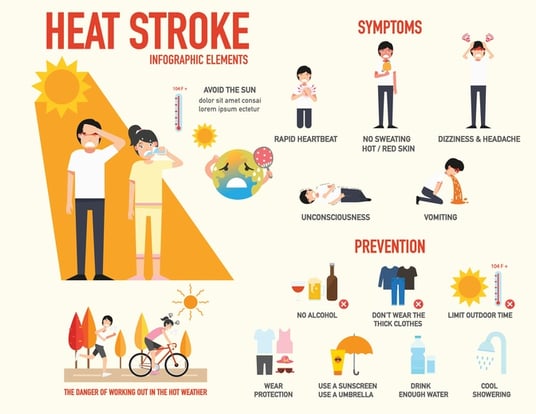
Hit the gym.
You may find that the best thing to do is simply to stay inside the gym to get your workouts in during the summer. It’s a great time to work on form, increase intensity with no worry of heat exposure, and plan out a new, exciting routine.
This blog was written by Ashley Duncan, Weight Loss Coordinator. To find out more about the NIFS bloggers, click here.


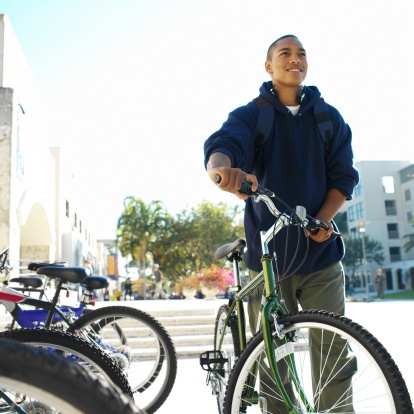 With busy class schedules, homework, exams to study for and papers to write, not to mention wanting to have something of a social life, trying to stay fit in college can really be a challenge. On top of this, many students hold some form of a job where they work between 10 and 25 hours on any given week. Whether you are an undergrad or graduate student, the same thing applies. When all this stuff is on your plate and the schedule continues to fill up, one of the first things that tends to get pushed to the side is getting to the gym!
With busy class schedules, homework, exams to study for and papers to write, not to mention wanting to have something of a social life, trying to stay fit in college can really be a challenge. On top of this, many students hold some form of a job where they work between 10 and 25 hours on any given week. Whether you are an undergrad or graduate student, the same thing applies. When all this stuff is on your plate and the schedule continues to fill up, one of the first things that tends to get pushed to the side is getting to the gym!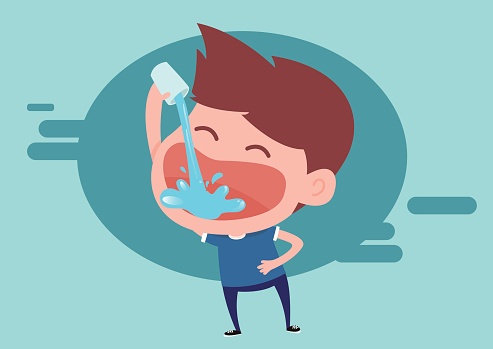 Fluid (mainly
Fluid (mainly 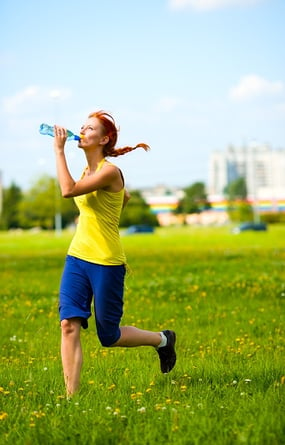 Hydration is just as important, or maybe even more important, than proper nutrition and a balanced training plan. Dehydration is the largest contributor to fatigue when training or running. Our body sweats to regulate body temperature and complete many other functions that keep us healthy. When our body loses fluid and electrolytes through these processes, it needs to be replaced.
Hydration is just as important, or maybe even more important, than proper nutrition and a balanced training plan. Dehydration is the largest contributor to fatigue when training or running. Our body sweats to regulate body temperature and complete many other functions that keep us healthy. When our body loses fluid and electrolytes through these processes, it needs to be replaced.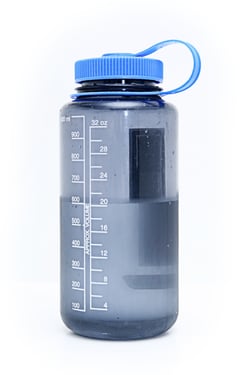
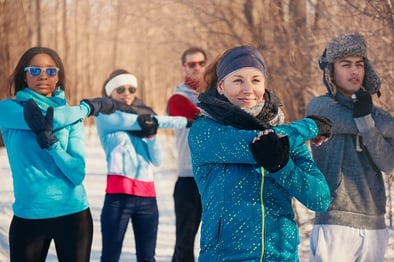 Even though I grew up in a northern snow belt along the Great Lakes, cold weather is not my thing. In fact, I really don’t like anything about it. And often along with the winter blues comes a decrease in health and fitness due to the lack of motivation. To counteract that feeling, let’s look at ten tips that can help you be healthier this winter.
Even though I grew up in a northern snow belt along the Great Lakes, cold weather is not my thing. In fact, I really don’t like anything about it. And often along with the winter blues comes a decrease in health and fitness due to the lack of motivation. To counteract that feeling, let’s look at ten tips that can help you be healthier this winter.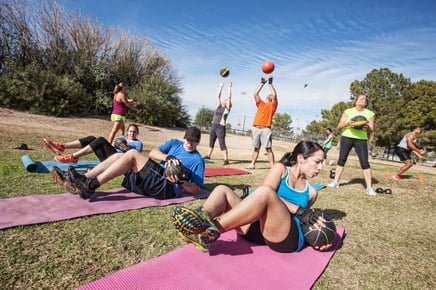 So many people have been expectantly waiting for this hot summer weather to be able to get outside for their workouts. And I can tell you that I am also one of those people; but there are some dangers behind the dog days of summer that we all need to be aware of.
So many people have been expectantly waiting for this hot summer weather to be able to get outside for their workouts. And I can tell you that I am also one of those people; but there are some dangers behind the dog days of summer that we all need to be aware of.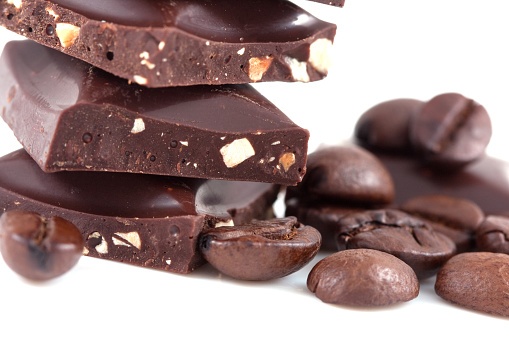
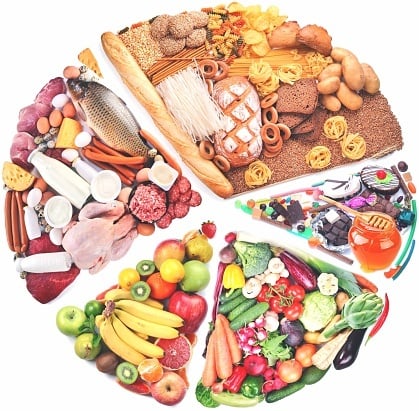 Every five years, the USDA releases new
Every five years, the USDA releases new 
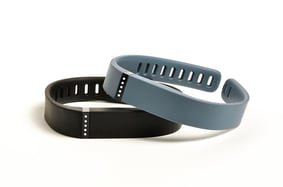
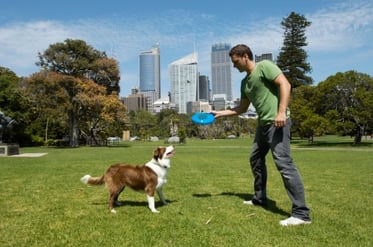
 Whether you are traveling for business or for pleasure, it typically means you eat most meals out or on the go. It can be challenging to make the most balanced choices and keep your eating on the right track. You want to try foods that are special to that region, you are busy and grabbing the first thing that sounds good, and you don’t have access to a grocery store for more fresh foods; these can all be challenges while traveling.
Whether you are traveling for business or for pleasure, it typically means you eat most meals out or on the go. It can be challenging to make the most balanced choices and keep your eating on the right track. You want to try foods that are special to that region, you are busy and grabbing the first thing that sounds good, and you don’t have access to a grocery store for more fresh foods; these can all be challenges while traveling.